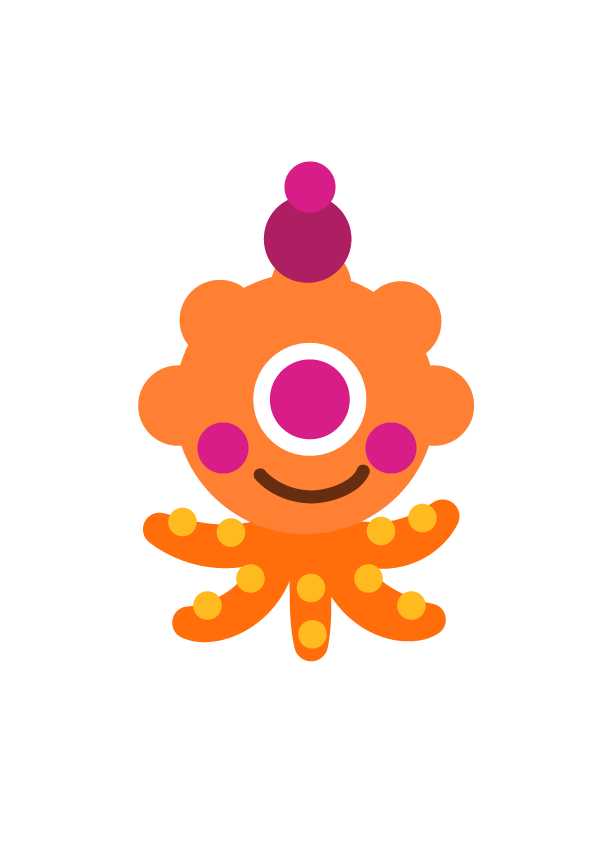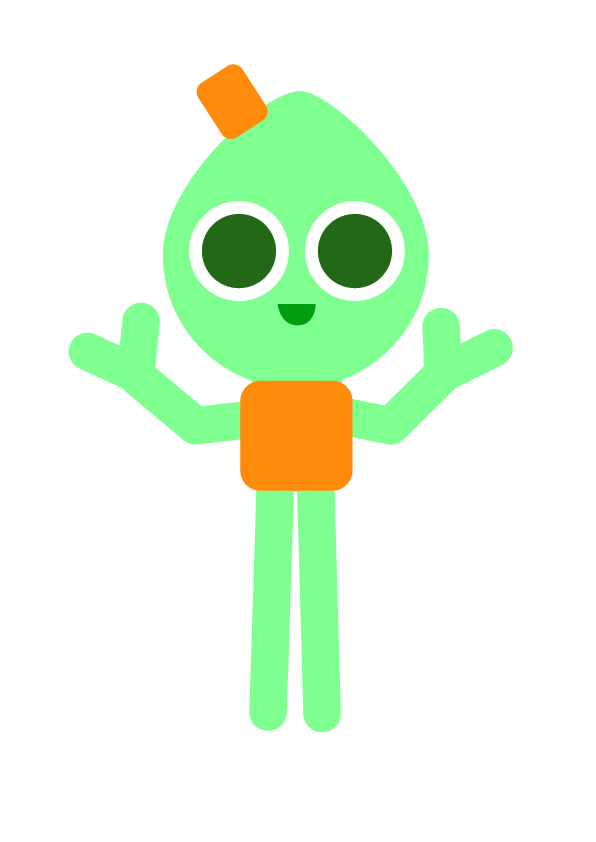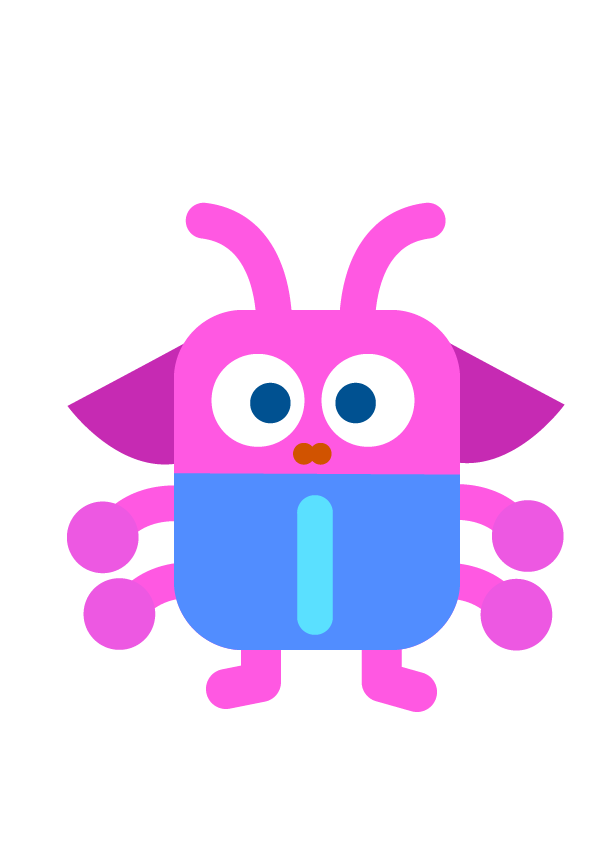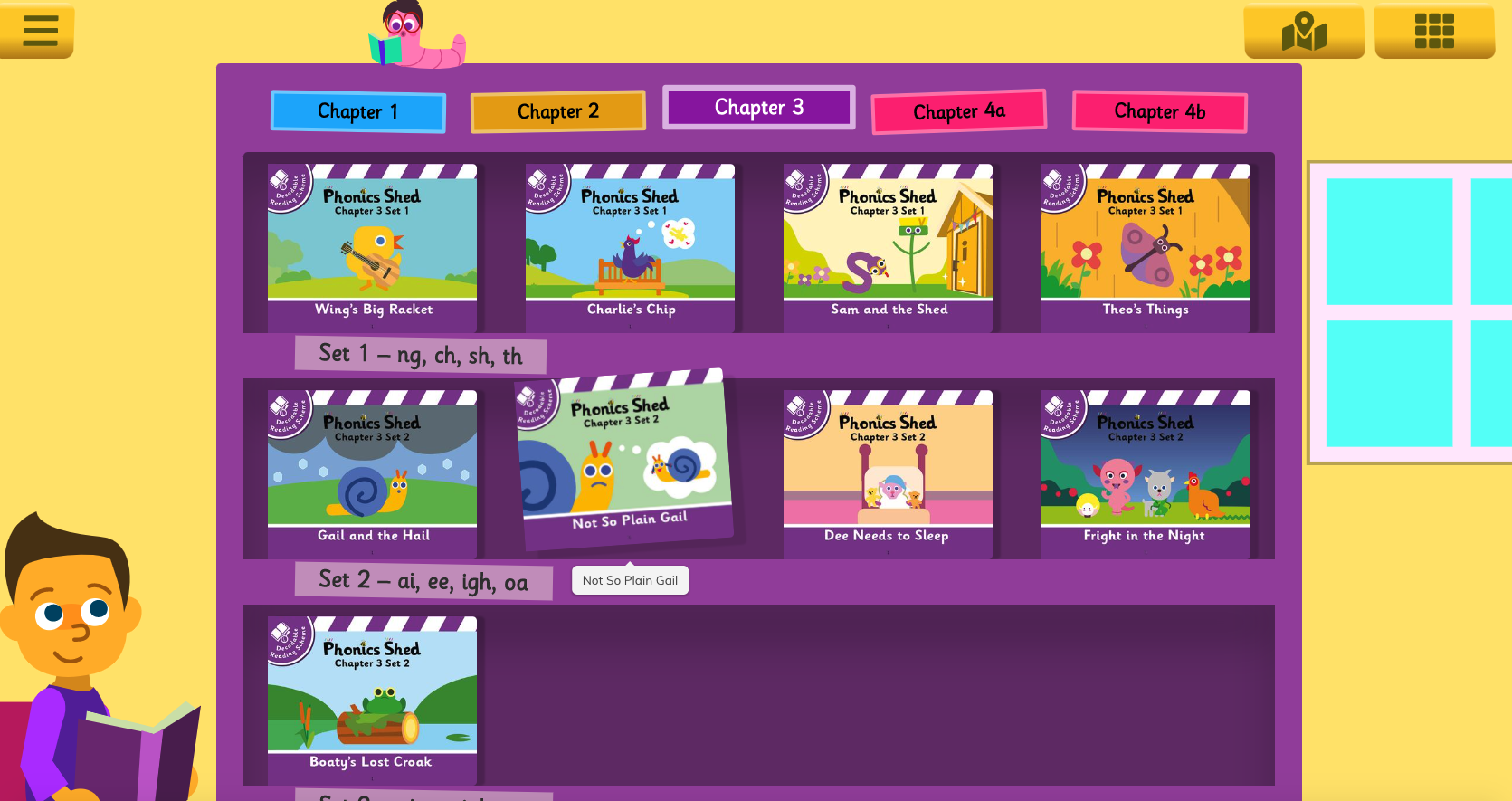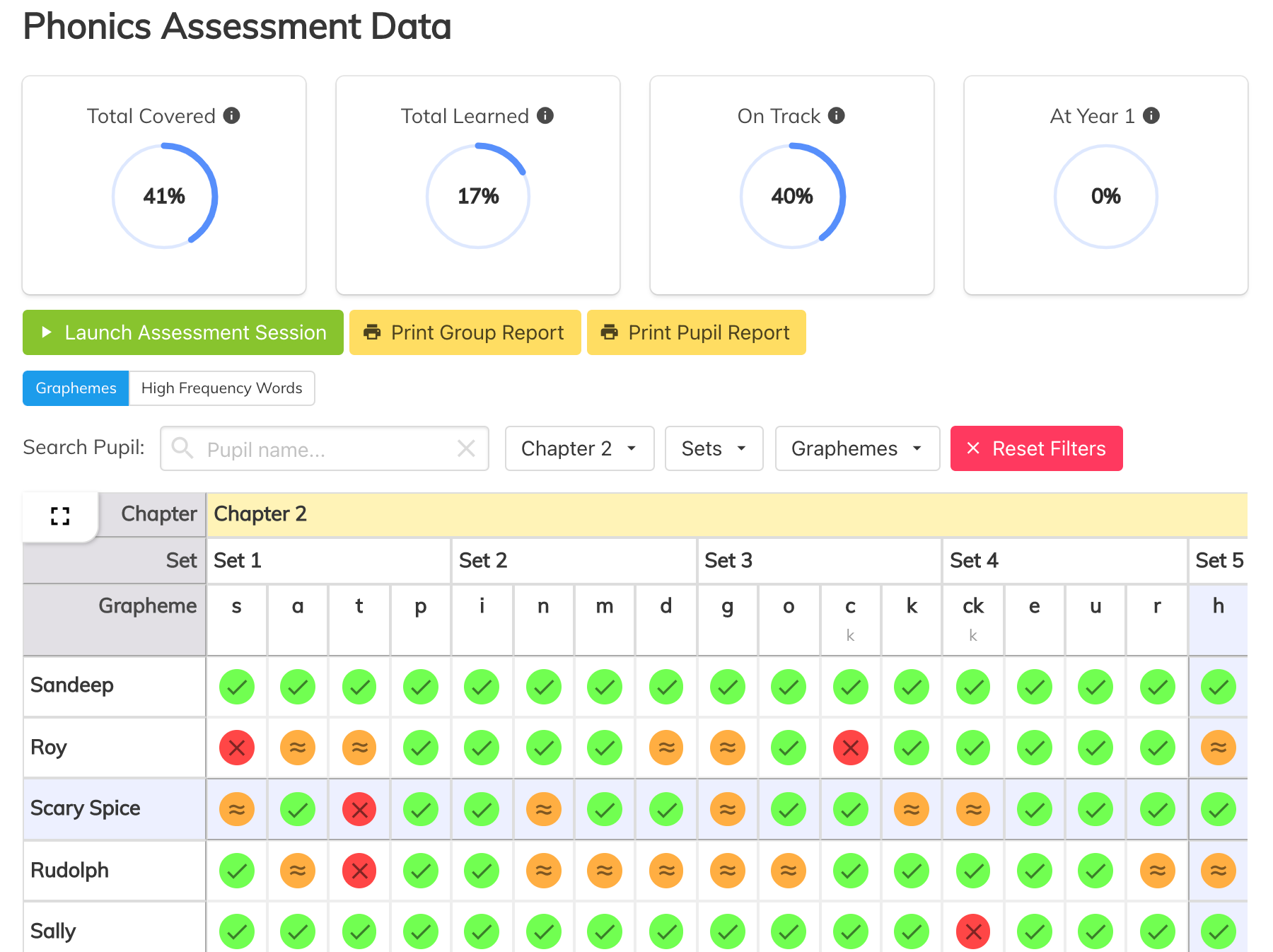PHONICS SHED SUMMER SCHOOL OFFER
FREE Phonics Shed Summer School Program
Announcing our Summer School Program designed to help educators fill learning gaps. Phonics Shed is providing our Digital Core Curriculum FREE to all educators this summer. You will receive digital access to Chapters 2 & 3 from our Core Curriculum. The content provided in these chapters are the necessary foundational literacy skills that are needed for more advanced concepts. You will also receive training on key foundational literacy skills to incorporate into your teaching.
Our Approach is Quite Simple - Children learn best through characters and stories
Joe is your guide in the Phonics Shed garden and will introduce you to all of our characters. Each character you meet will teach students a new reading sound, or grapheme. The comprehensive planning and overview documents are accompanied by digital books, digital flashcards, and all the supplementary resources needed to follow a flexible multi-sensory approach.
Core Digital Resources
- Access to Phonics Shed Digital (games, assessment, progress monitoring)
- Digital Flashcard tool (graphemes & high-frequency words)
- E-books
- Original Songs (printable and video format)
- Guidance Videos and Documents
- Downloadable Daily Lesson plans
- Printable supporting resources
In addition, we will provide you with Foundational Literacy Training Plus that includes:
- Science of Reading Concepts
- Foundational literacy skills
- Phonological and Phonemic Awareness - segmenting & blending
- The relationship between between phonics & spelling
- Lesson structure
- Online assessment & Digital tools
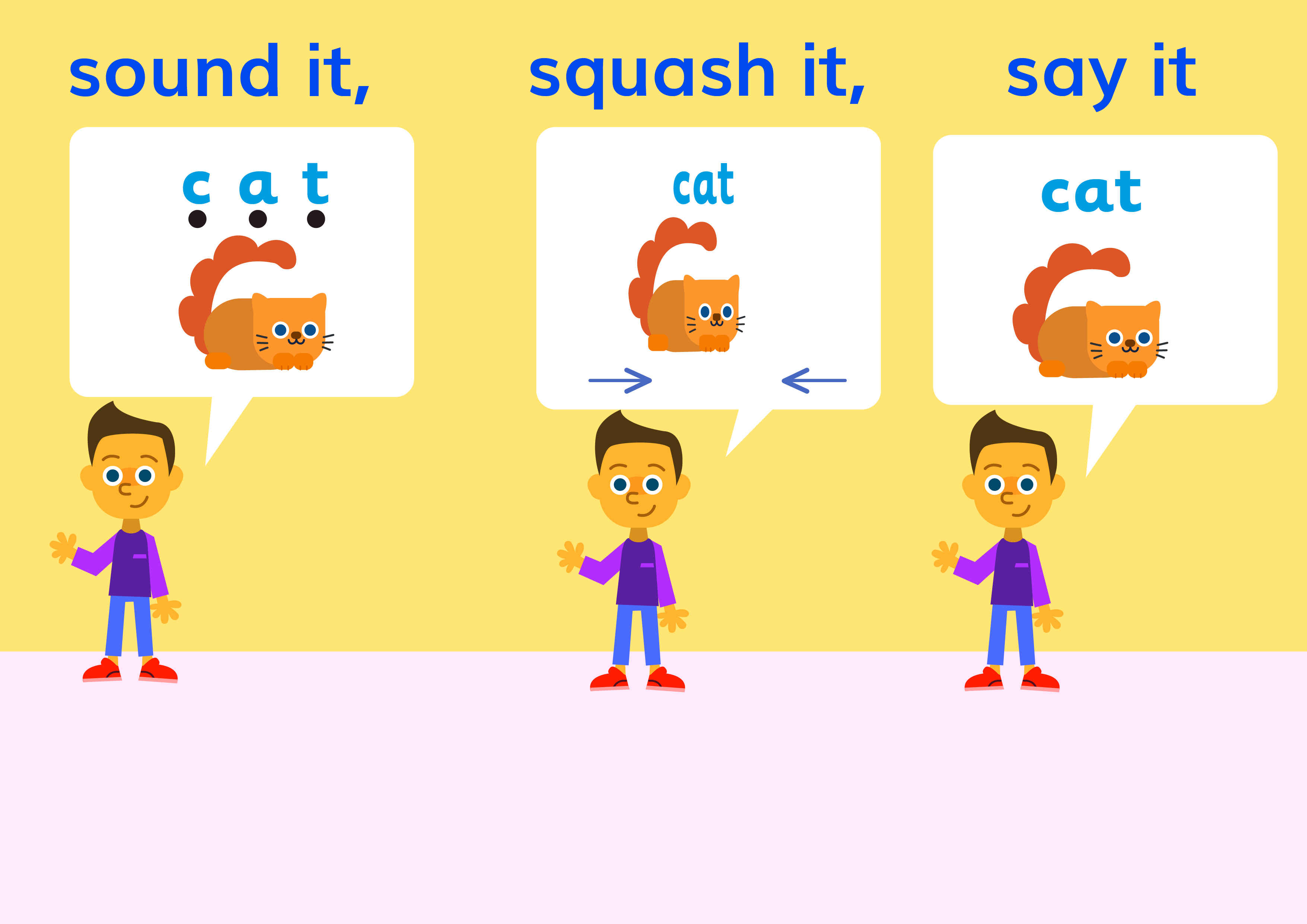
Phonics Shed Core builds phonemic and phonological awareness and provides strategies to decode words by teaching links between letters and the sounds they can represent; this is called Phoneme-Grapheme Correspondence. Even after the shift to decoding text occurs, intentional phonological awareness activities continue to weave throughout the lessons in all the chapters.
Phonics Shed begins the journey into fluent reading and writing by laying down a strong foundation of pre-reading and listening skills. Children are taught to explore, identify, and distinguish sounds, strengthening phonological awareness skills. The curriculum progresses to more structured (phonological) blending and segmenting strategies that are used to teach children to recognize and work with sounds in spoken language. Children are taught to blend sounds together to make words by using the 'Sound it, Squash it, Say it' technique. Reversley, they are taught to segment words into sounds by using the 'Say it, Stretch it, Sound it' method. Phonics Shed aligns with the existing Spelling Shed program to ensure a smooth transition between decoding and encoding.
Phonics Shed's fast-paced progression includes flexible planning that is easily adapted to a slower pace if needed, to support individual needs. There are additional targeted intervention lesson plans to help close the gaps and support struggling learners.
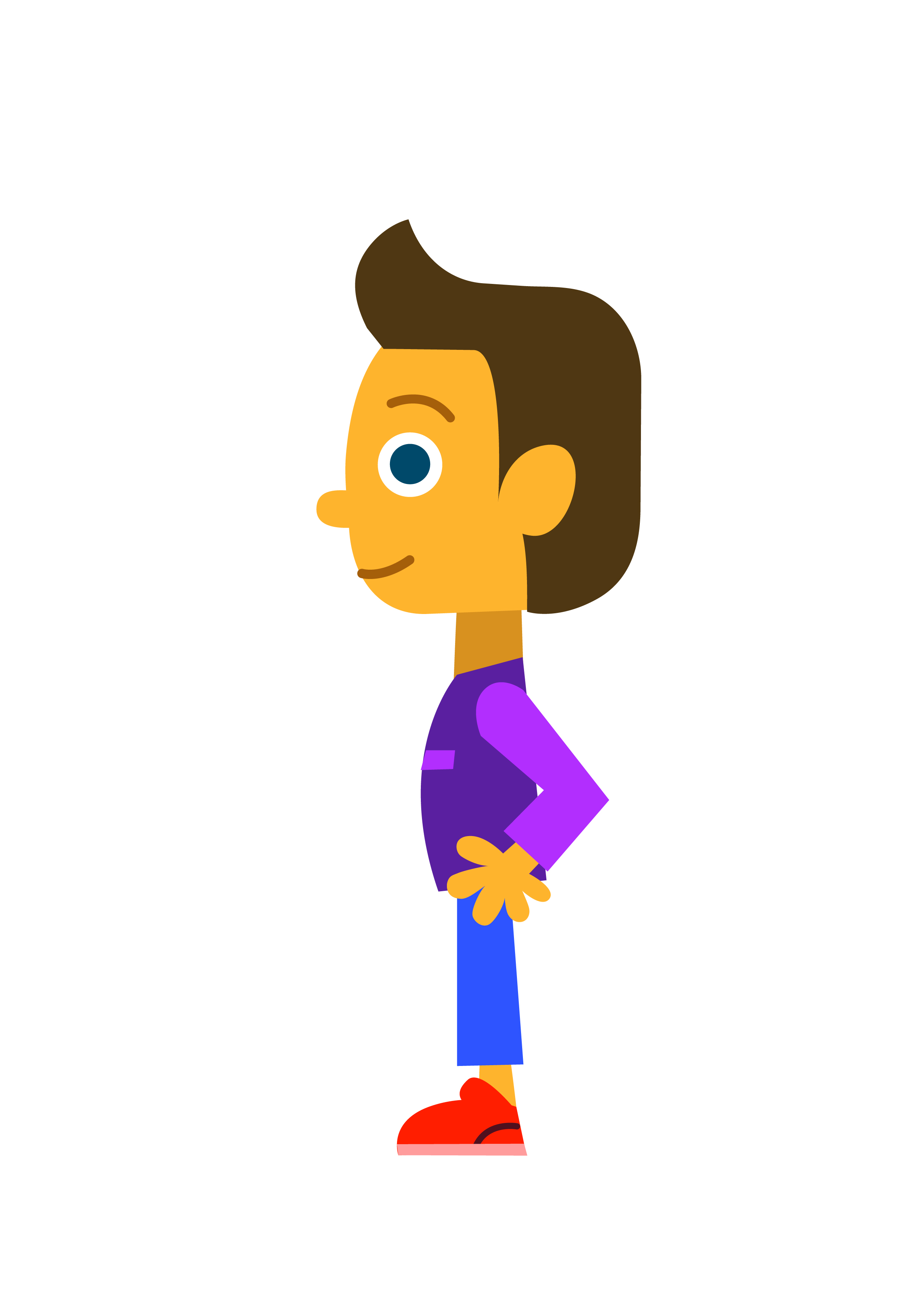
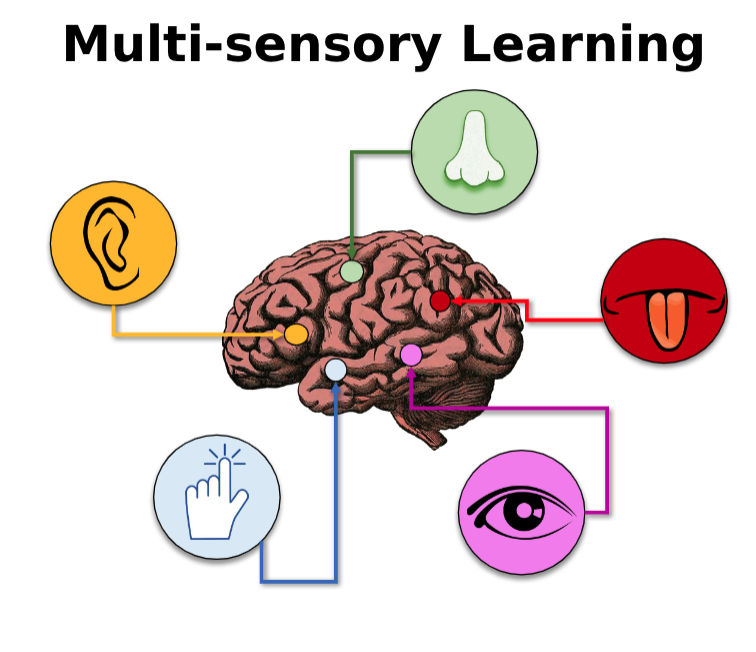
Phonics Shed also aims to foster a love of reading and writing through its strong, character-based, and original narratives and with engaging, multi-sensory activities. Joe is the first character the children will meet, and he is a key figure throughout the progression who acts as a guide from the very beginning, right through to the later chapters.
Throughout Chapters 2-4, there are 110 phoneme-grapheme correspondences (including upper and lowercase letters, double letters, digraphs/trigraphs, and more advanced phonemic patterns) covered in the progression, each having a unique character linked to it. Additionally, the characters have their own supporting stories, decodable readers, songs, and associated actions (physical movements) to aid with consolidation.
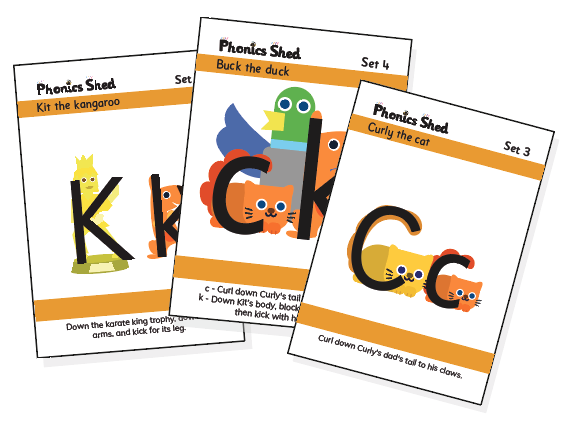
The 26 letters of the alphabet have upper and lowercase characters, each with an easy-to-follow letter formation rhyme to support the children's writing. The same characters are referenced throughout the curriculum and are known as 'special friends' to the digraph and trigraph characters. They appear on most of the digraph/trigraph flashcards, and often in their stories, to support consistent letter formation and to reinforce that they sometimes work together to help to represent certain sounds.
Chapter 2 Kindergarten
Introduces the first phoneme-grapheme pairs, including introducing the 26 letters of the alphabet, their corresponding capitals letters, and several digraphs (‘ck’ /k/, double letters, and an [optional] extended range of double letters). It also begins to introduce the concept of ‘best fit’ (spelling rules); making an informed choice between alternative PGCs based on the most common placement in words. SAMPLE PLANNING
- Set 1 – 's'/s/, 'a'/a/, 't'/t/, 'p'/p/: Sam the snake [unvoiced s], Anna the ant, Tom the tiger and Pat the pig
- Set 2 – 'i'/i/, 'n'/n/, 'm'/m/, 'd'/d/: Indy the imp, Noah the nurse, Monty the monkey and Dusty the dog
- Set 3 – 'g'/g/, 'o'/o/, 'c'/k/, 'k'/k/: Grey the goat, Ollie the otter, Curly the cat and Kit the kangaroo [including 2 variants of k]
- Set 4 – 'ck'/k/, 'e'/e/, 'u'/u/, 'r'/r/: Buck the duck [first digraph and both variants of k], Edwin the Elf, Ugbie the bug and Rex the rat, /u/ 'Both hard and soft /u/ sounds are covered in this Set if appropriate to specific regional accents.'
- Set 5 – 'h'/h/, 'b'/b/, 'f'/f/, 'l'/l/: Haz the hen, Bumble the bee, Flick the fly and Lily the ladybug
- Set 6 – 'j'/j/, 'v'/v/, 'w'/w/, 'x'/ks/: Jack the jungle explorer, Val the vet, Wes the weasel and Alex the fox
- Set 7 – 'y'/y/, 'z'/z/, 'qu'/kw/, voiced 's'/z/: Yan the yoga teacher, Eliza the zebra, Quinn the quail and revisiting Sam the snake
- Set 8 – Double Letters 'ff'/f', 'll'/l/, 'ss'/s/, 'zz'/z/: Muffin the puffin, Billy the bull, Jess the grasshopper [including voiced ss] and Fizz the buzzard
- Set 8 continued – Additional Doubles 'tt'/t/, 'pp'/p/, 'rr'/r/, 'mm'/m/, 'cc'/c, 'nn'/n, 'dd'/d/, 'gg'/g/, 'bb'/b/: Lottie the bottle, Pepper the hippo, Barry the parrot, Jimmy the hammer, Rebecca the broccoli, Bonny the bunny, Eddy the ladder, Peggy the egg and Robby the gibbon
- Set 9 - Alphabet Order(no new characters introduced)
- Set 10 - Vowels and Consonants(no new characters introduced)
Chapter 3 1st grade
Progresses to more complex digraphs and trigraphs, and introduces more ‘best fit’ rules as children begin to spell longer words and captions. Using the formation characters from Chapter 2, by the end of Chapter 3 the children will know the most common phoneme-grapheme correspondences. SAMPLE PLANNING
- Set 1 - Recap Ch. 2 Alphabet Order/Phoneme-Grapheme Correspondences (no new characters introduced)
- Set 2 - Recap Ch. 2 Vowels & Consonants/Phoneme-Grapheme Correspondences (no new characters introduced)
- Set 3 - ng, ch, sh, th [voiced and unvoiced]: Wing the duckling, Charlie the chicken, Blush the brush, Theo the moth, and The Weatherman [including a comparison between th sounds]
- Set 4 - Split Digraphs: a_e, i_e, o_e: Jade the spade, Mike the kite, Hope the cone
- Set 5 - Split Digraphs: e_e, u_e /yoo/, u_e /oo/: Pete the millipede, Yule the mule, and Luke the flute
- Set 6 - c /s/, g /j/, y /igh/, y /ee/: Nancy the princess, Gem the giraffe, Sky the spy, Cody the Jellyfish
- Set 7 - ai, ee, igh, oa: Gail the snail, Dee the sheep, Bright the night light, and Boaty the toad
- Set 8 - ay, ea /ee/, ow /oa/: Jay the clay, Beans the flea, Rainbow the snowman
- Set 9 - ar, or, wh: Archer the star, Gordon the horse, Wheeler the Whale
- Set 10 - er, ir, ur: Merlin the Gerbil, Shirley the girl, Kurt the turtle
- Set 11 - oi, oy, oo (long and short): The coin in the soil, Troy the boy, Boo the goose, Sherwood the woodpecker [includes comparing sounds: u_e /yoo/ & /oo/, & oo (long /oo/)]
- Set 12 - ow, ou /ow/, aw, au: Brown the owl, Sprout the mouse, Dawn the fawn, Paul the astronaut
- Set 13 - ph, kn, wr: Phil the Dolphin, Knox the Knight, Wrigley the Wren








